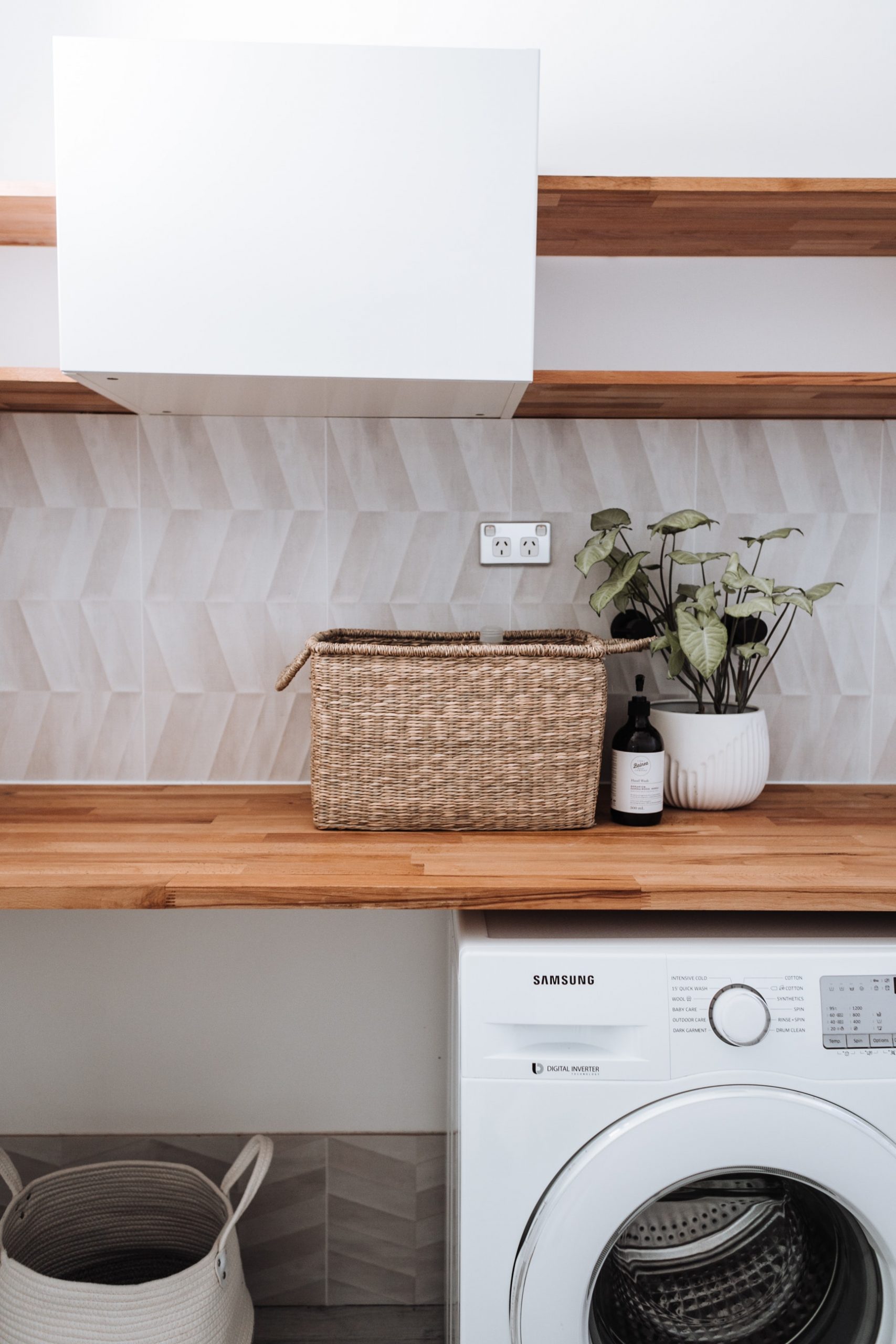Plumbing a washing machine is a relatively simple task that can be completed by most homeowners with basic tools and a little bit of know-how. In this blog post, we will walk you through the steps involved in plumbing a washing machine, from choosing the right location to connecting the water and drain lines.
Choosing a Location
When choosing a location to plumb a washing machine, there are a few things to consider:
- Space: The washing machine needs to be placed in an area that is large enough to accommodate it and allow you to open the door easily.
- Water and drain access: The washing machine needs to be placed near a water supply and drain.
- Ventilation: The washing machine needs to be placed in a well-ventilated area to prevent mold and mildew from forming.
- Noise level: If you are concerned about noise, you may want to choose a location that is not near bedrooms or other areas where you want to keep noise to a minimum.
- Accessibility: The washing machine should be placed in a location that is easy to access, especially if you have mobility issues.
Once you have considered all of these factors, you can start looking for a location for your washing machine.
Leveling the Washing Machine
Once you have chosen a location for the washing machine, it is important to level it. This will ensure that the washing machine operates properly and does not vibrate excessively. To level the washing machine, use a level to make sure that it is level on all four sides. If the washing machine is not level, you can use shims to adjust the feet.
Connecting the Water Supply Line
The next step is to connect the water supply line to the washing machine. The water supply line will usually be blue or gray. Connect one end of the line to the cold water inlet valve on the back of the washing machine. Connect the other end of the line to a water supply line that is connected to your home’s water system.
Connecting the Drain Hose
The final step is to connect the drain hose to the washing machine. The drain hose will usually be white or black. Connect one end of the hose to the drain outlet on the back of the washing machine. Connect the other end of the hose to a standpipe or P-trap.
Standpipes and P-traps
A standpipe is a vertical pipe that is connected to the drain hose of a washing machine. A P-trap is a U-shaped pipe that is connected to the drain hose of a washing machine. Both standpipes and P-traps are used to prevent sewer gases from backing up into the washing machine.
Securing the Washing Machine
Once the water and drain lines are connected, you will need to secure the washing machine in place. This can be done by using screws or bolts to attach the washing machine to the floor.
Finishing Up Your Washing Machine
Once the washing machine is secured in place, you can plug it in and run a test cycle. This will help you to ensure that everything is working properly.
Tips
Here are a few tips for plumbing a washing machine:
- Make sure that the water supply line is the correct size for your washing machine.
- Use a flexible water supply line to make it easier to connect the line to the washing machine and the water supply.
- Make sure that the drain hose is long enough to reach the drain location.
- Use a standpipe or P-trap to prevent sewer gases from backing up into your washing machine.
- Make sure that the washing machine is unplugged when you are not using it.
- Clean the lint trap after each use to prevent fires.
- Have your washing machine serviced by a professional plumber every year to ensure that it is in good working condition.
Conclusion
Plumbing a washing machine is a relatively simple task that can be completed by most homeowners with basic tools and a little bit of know-how. By following the steps in this blog post, you can easily plumb your own washing machine and get it up and running in no time.



